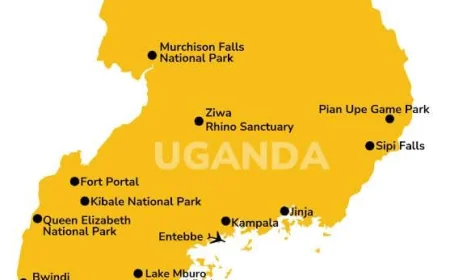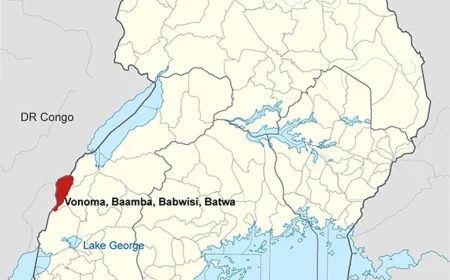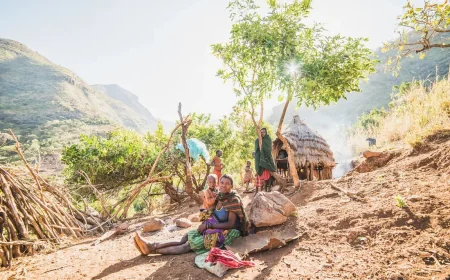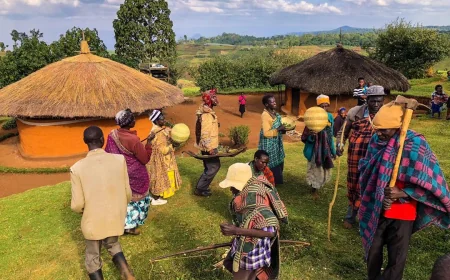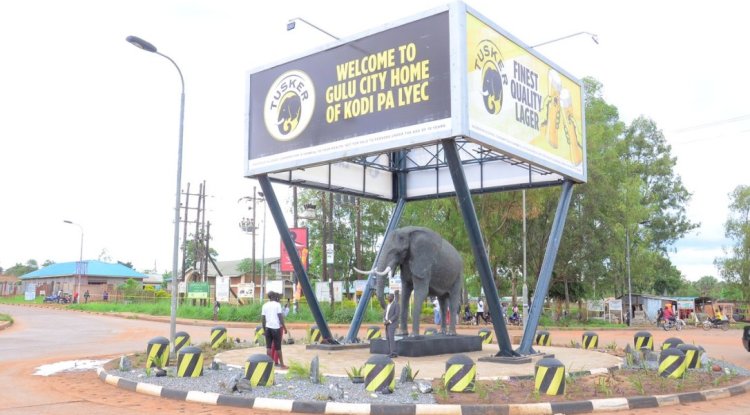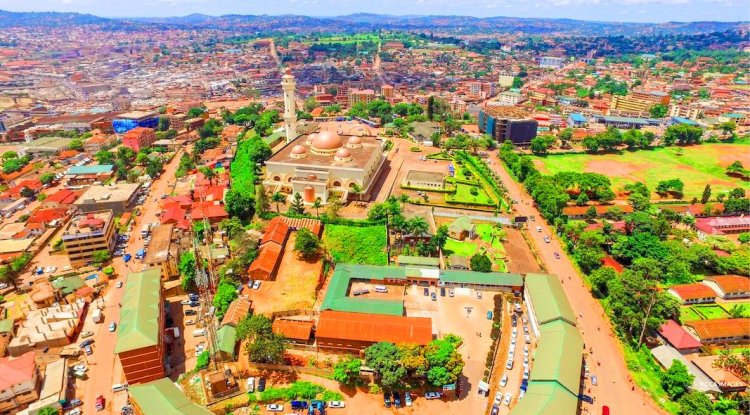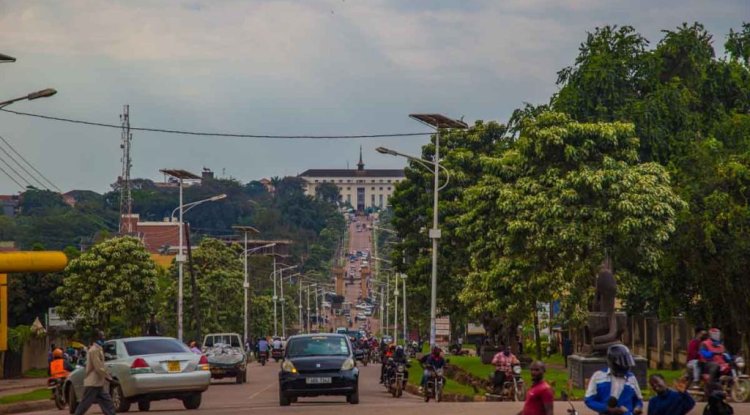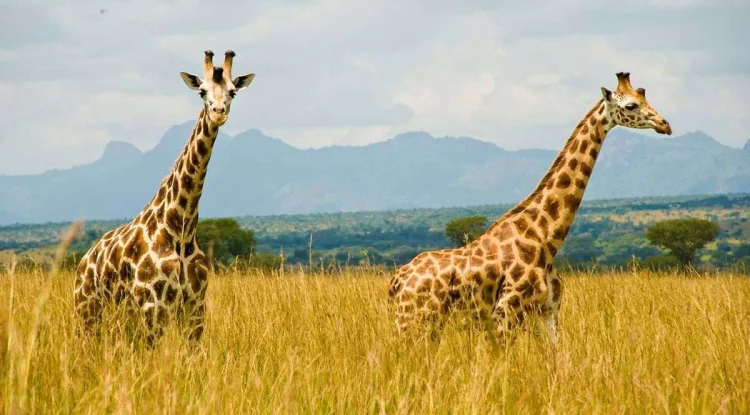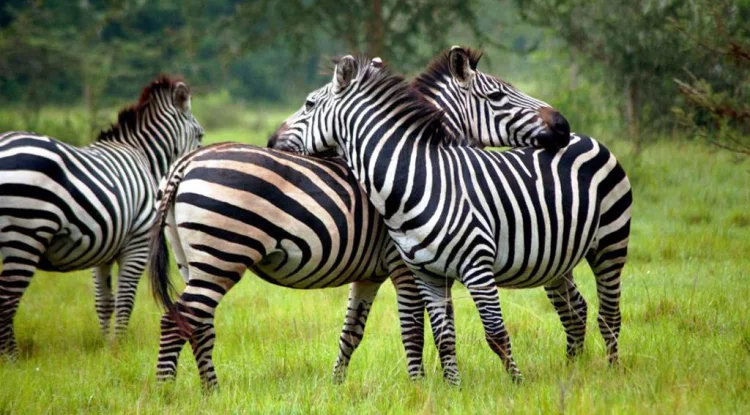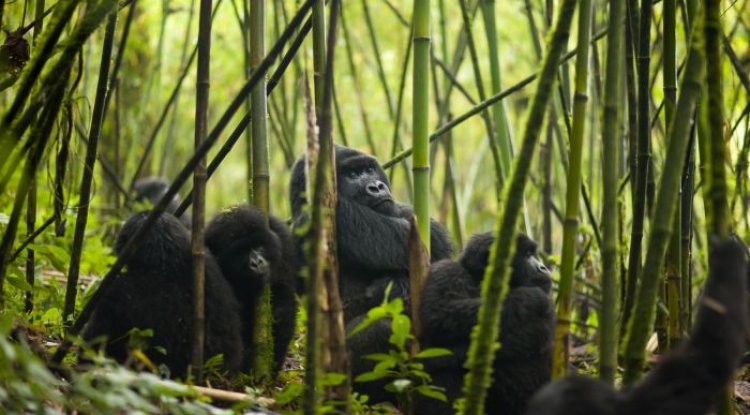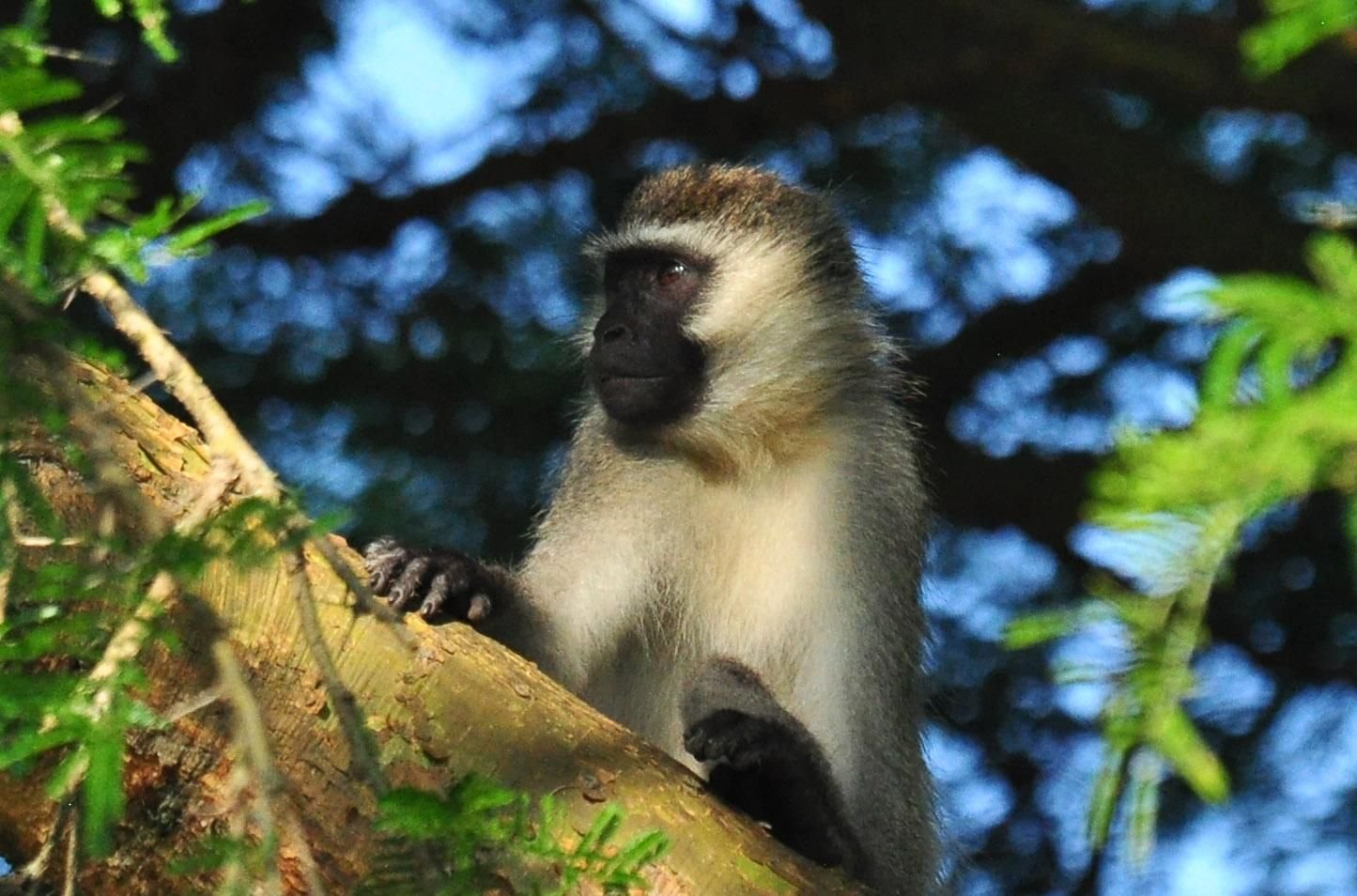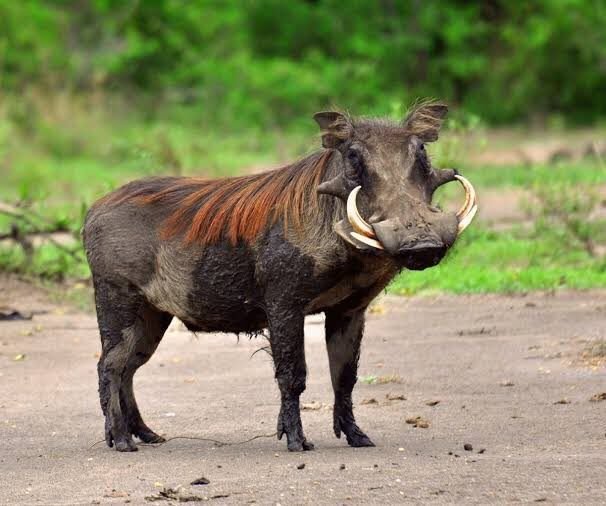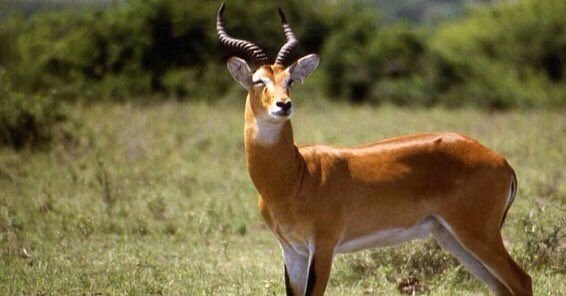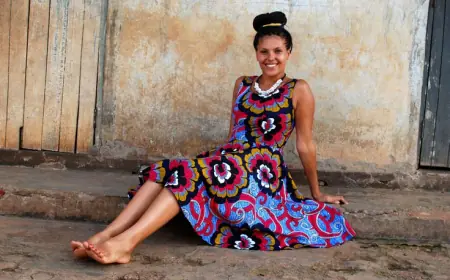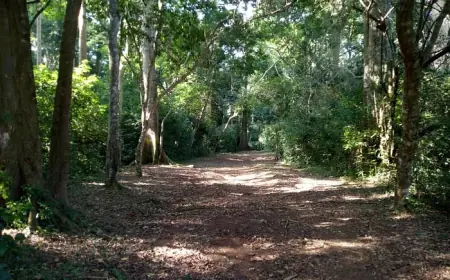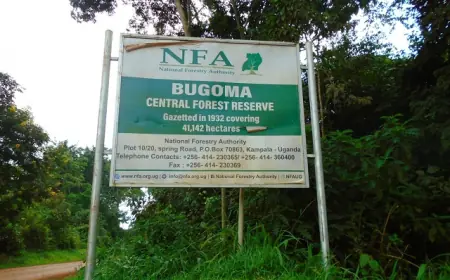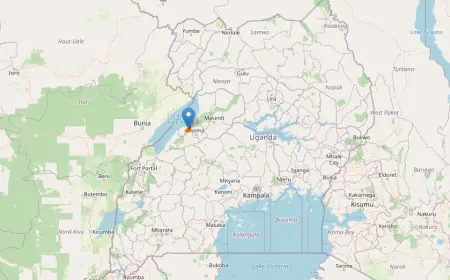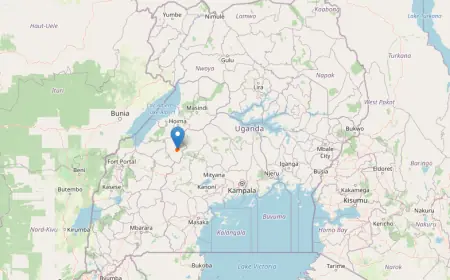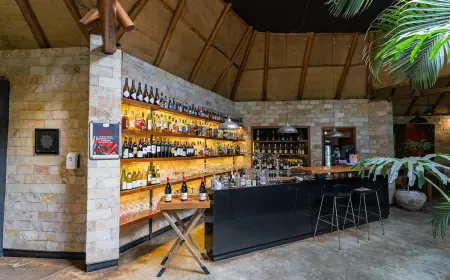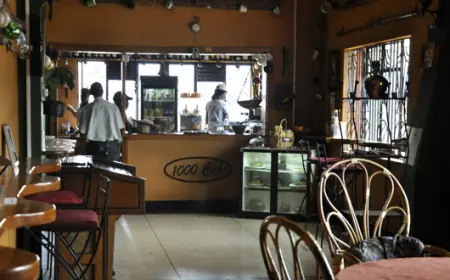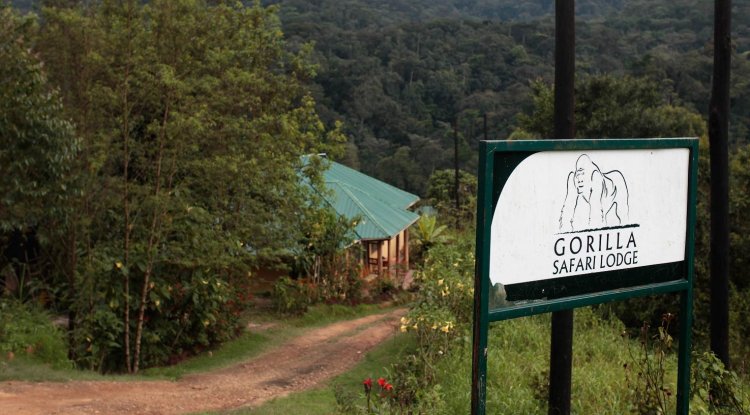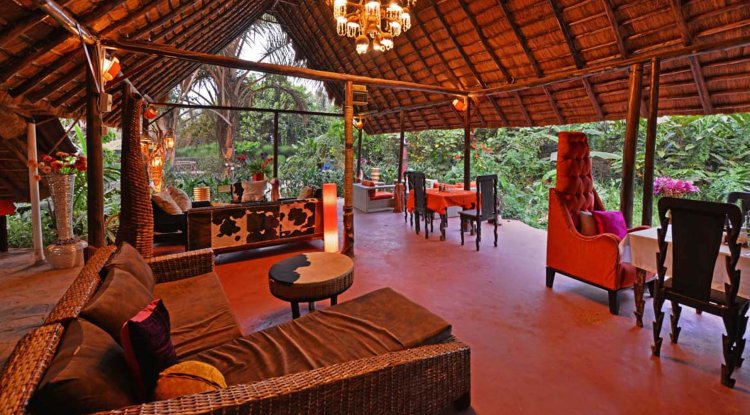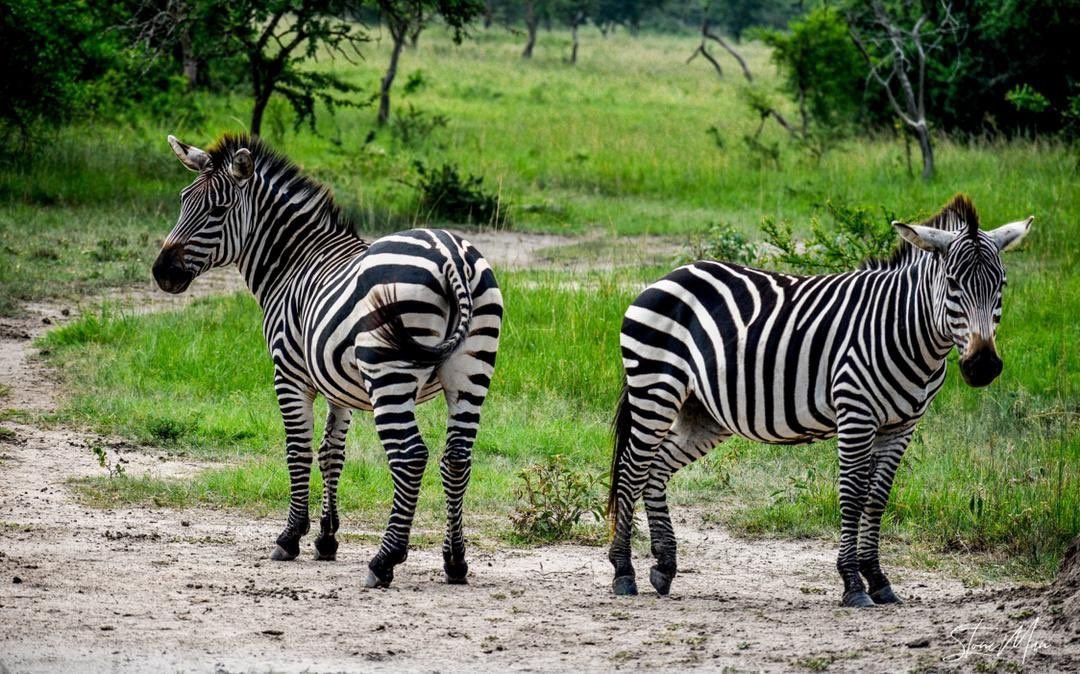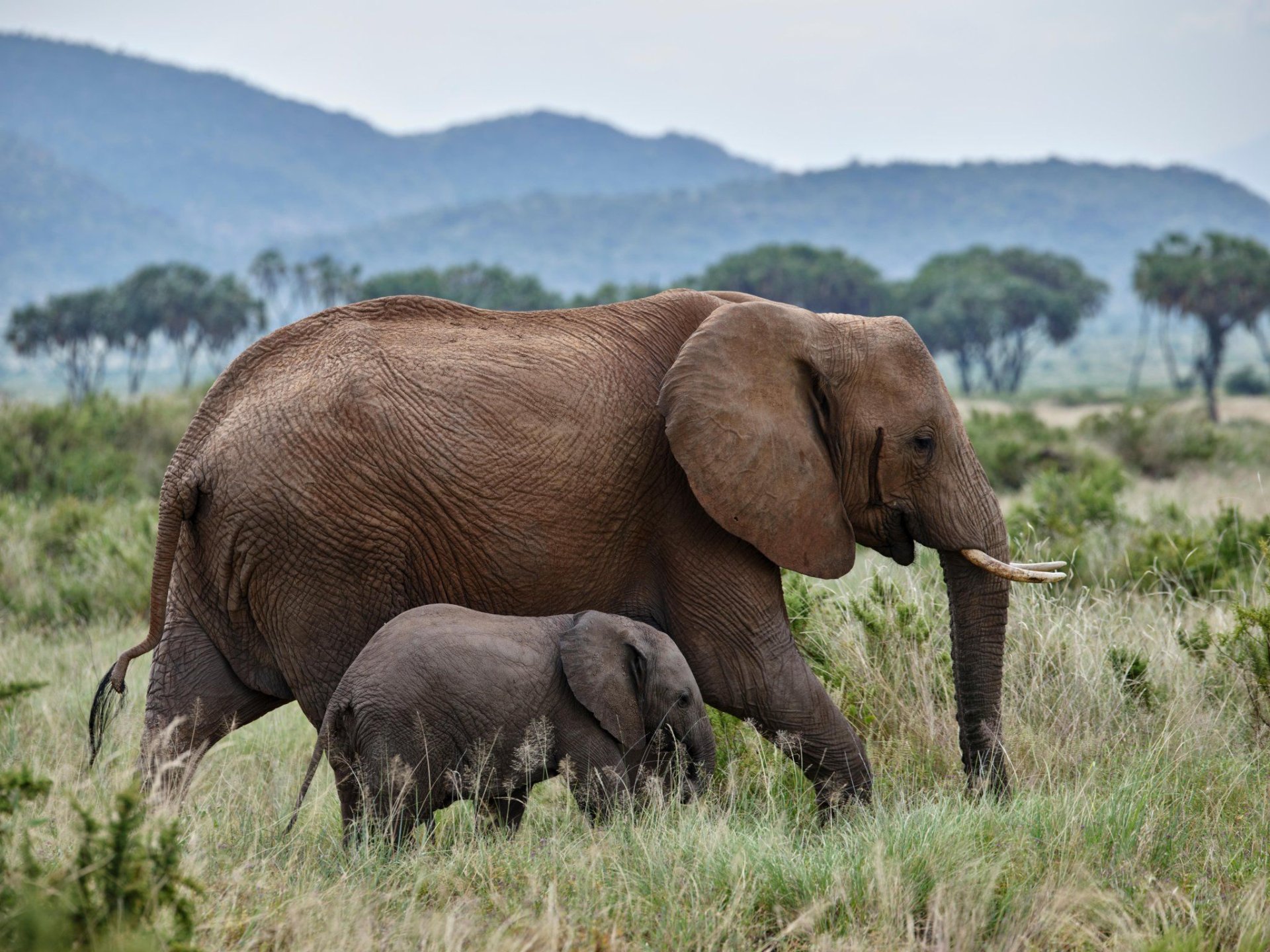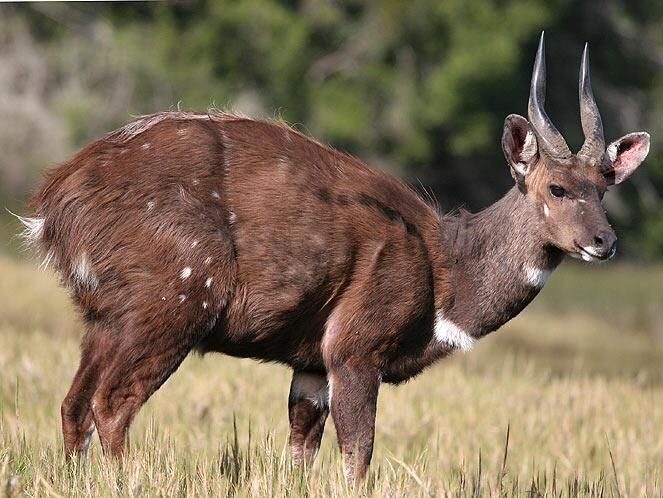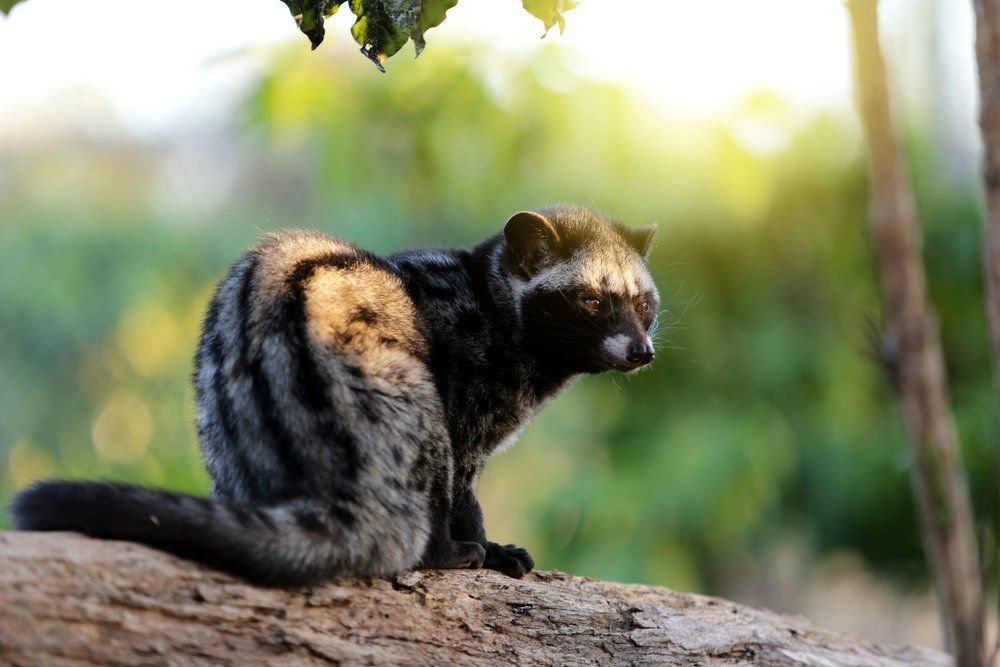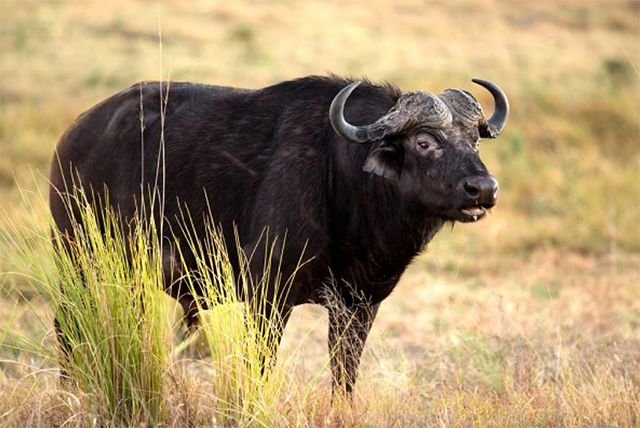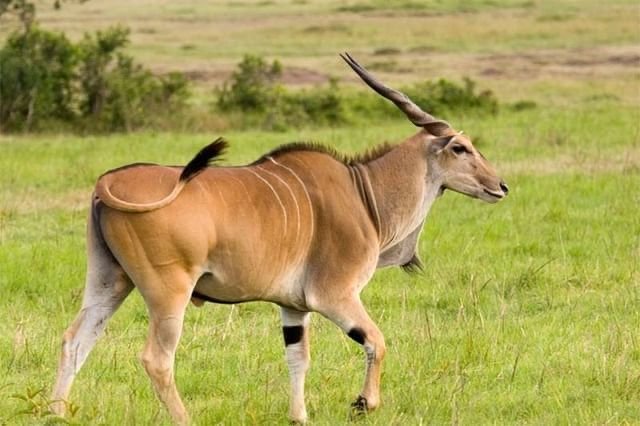Black-and-white colobus
This primate can be found in most significant forest sections, including well-developed riparian woodland, making it perhaps the most common forest monkey in Uganda. While enjoying a leisurely stroll through the Entebbe Botanical Gardens, you may even spot a black and white colobus monkey.
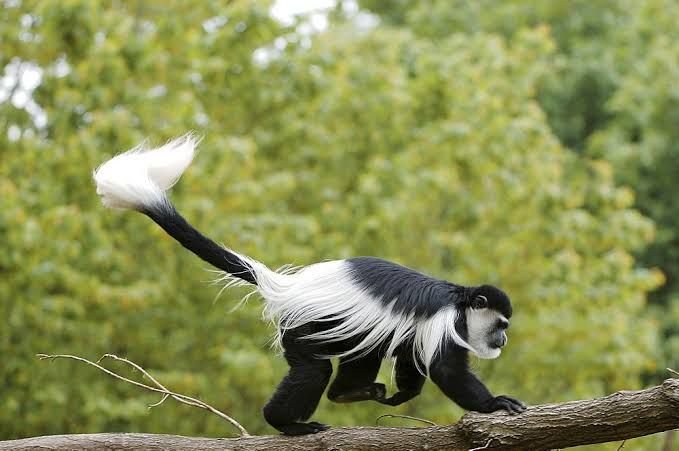
Old World monkeys of the genus Colobus, sometimes known as colobi or black-and-white colobuses (Colobus guereza), are indigenous to Africa. They are closely related to the Piliocolobus red colobus monkeys. This monkey has five species and at least eight subspecies. They typically live in dense forests where they eat fruit, flowers, and leaves. Colobi are important for seed distribution.
Adult colobi have white characteristics and black fur, as implied by their name. Their face is surrounded by white fur, and the sides of their body are covered in a long white "U" shape of fur. Newborn colobi have a pink face and are entirely white.
Black-and-white colobus Behaviour
Colobuses are social animals that dwell in territorial groups that range in size (3–15 members) and composition. Initially, it was thought that each of these groups had one male and around eight female members. Female relationships are thought to be resident-egalitarian since there is little rivalry or aggression among women within their own groups.
When comparing subadults to adults, as well as subadults to subadults, juveniles are considered to be lower-ranking (in terms of authority). There are no seasonal breeding trends seen in colobus.
When they are reunited with familiar faces, many members engage in a ritualistic greeting as a form of reaffirmation. The approaching monkey typically engages in greeting behaviour, which is frequently followed by grooming. They engage in three physical touch welcoming behaviours. For example, mounting, head mounting (grasping the shoulders), and embracing are included. These actions don't appear to have anything to do with wooing or mating.
The sleeping habits of black-and-white colobus are complicated. They may do so to conserve energy by sleeping in trees close to food supplies. They rest in the middle to high reaches of tall trees, where they can keep an eye on potential predators and also find protection from them while they are sleeping.
Black-and-white colobus Diet
Because they are herbivorous and eat leaves, fruit, flowers, lichen, herbaceous plants, and bark, they are able to occupy niches that are unavailable to other monkeys thanks to their ruminant-like digestive processes. Through their sloppy eating habits and digestive systems, colobuses are crucial for seed distribution.
Where in Uganda can one see colobus?
This primate can be found in most significant forest sections, including well-developed riparian woodland, making it perhaps the most common forest monkey in Uganda. While enjoying a leisurely stroll through the Entebbe Botanical Gardens, you may even spot a black and white colobus monkey. If you are on safari in western Uganda, you can spot the colobus in any forest with a keen eye.
In forested areas of the Rwenzori National Park, the Rwenzori race of the closely related Angola colobus (Colobus angolensis) coexists with the black-and-white colobus.
What's Your Reaction?
 Like
0
Like
0
 Dislike
0
Dislike
0
 Love
0
Love
0
 Funny
0
Funny
0
 Angry
0
Angry
0
 Sad
0
Sad
0
 Wow
0
Wow
0
